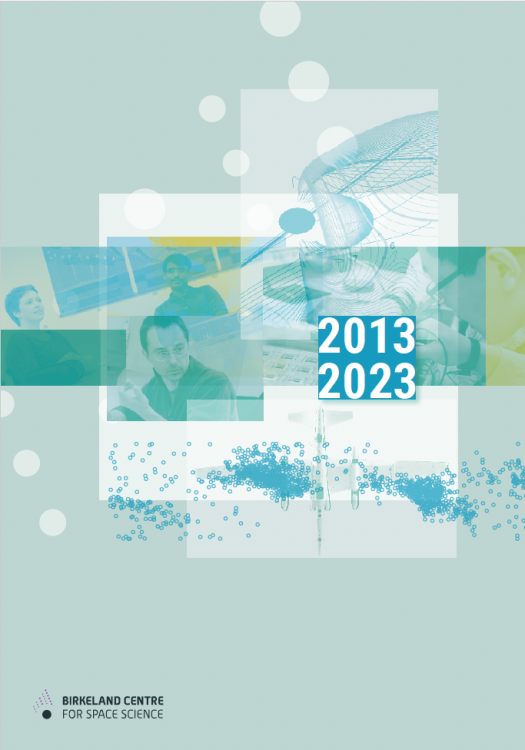Solar Impact on the Winter Polar Atmosphere – from space to surface
Research School at the Birkeland Centre for Space Science
When: March 11-15, 2019
Where: Dept. of Physics and Technology, University of Bergen, Allégaten 55, Bergen, Norway
For Whom: Master’s, PhD students and early career scientists
School hours:
- 25 lectures, 45 minutes/lecture
- Ca. 200 pages reading
Project: Estimated 2 weeks of work – submitted to and evaluated at UiB
Attendance fee: None / free of charge
ETCS credits: 5 (given by UiB; credits must be approved by the home university)
Registration: Closed
Financial support: For students who do not have their own support, limited financial aid is available for travel expenses and accommodation. Requests for aid should be sent to Dr. Hilde Nesse Tyssøy (hilde.nesse@uib.no) before January 15, 2019.
Description:
The research school on Solar impact on the winter polar atmosphere – from space to surface will give the student knowledge of the interdependence of different atmospheric layers and the mechanisms coupling them. The student will also learn about solar variability, both radiation and particles, and its potential role in vertical coupling mechanisms.
Although solar forcing cannot account for the observed recent global warming, many uncertainties remain regarding the actual contribution of natural climate variability. In particular, recent studies suggest that the winter circulation patterns, such as the North Atlantic Oscillation, over the Atlantic-European region could be strongly modulated by solar variability. The mechanisms proposed to explain the climate response to variations in solar activity generally fall into two categories: Solar irradiance (total bolometric solar irradiance (TSI) or spectrally resolved solar irradiance (SSI)) and Energetic Particle precipitation (EPP) from the Sun or Earth’s magnetosphere.
The course aims to give students an introduction to an interdisciplinary field where an understanding of both important atmospheric dynamics- and space physics-terms are necessary tools. This will improve the students’ ability to read and work with material in a scientific field adjacent to their own with necessary prudence. This is demonstrated in the final project which is to be completed and submitted for evaluation after the conclusion of the school.
Curriculum:
A complete list will be announced by January 15, 2019.
Project:
The student will investigate the relationship between the monthly/season mean F10.7 radio flux, AP, and the Arctic Oscillation index, AO from 1950 to 2018. The project requires programming by the student. A report of no less than 10 pages should include an introduction, results with relevant figures/plots and a discussion. The introduction should reflect the background material (self-study) and lectures. The report should be submitted not later than four weeks after the end of the research school. It will be evaluated and will serve as the documentation for passing the course or not.
Lists of data will be given.




